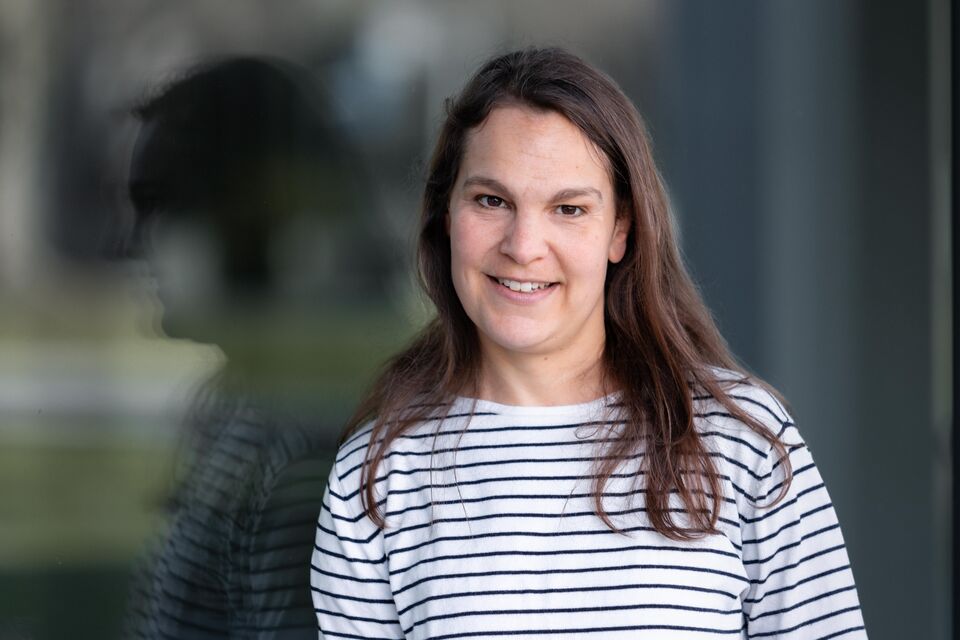
Purchase of pension fund benefits: What you should know
The pension fund plays a key role in your retirement provision. You increase your retirement assets by making voluntary purchases in the pension fund. At the same time, you save on taxes by purchasing pension fund benefits.
The pension fund (PF), also known as occupational benefits insurance, supplements the benefits of Pillar 1 (AHV). Its aim is to safeguard your standard of living in old age. The combined contributions of employers and employees build up personal pension assets that are available on retirement. When drawing on these, you can choose between an annuity, a lump sum, or a combination of the two. Many people draw most of their income after retirement from their pension fund. That’s why it’s particularly important to avoid bottlenecks in old age.
What is a purchase of pension fund benefits?
By making a voluntary purchase of pension fund benefits, you take advantage of the opportunity to pay additional contributions into your occupational benefits insurance. These payments increase your pension assets. A purchase of benefits can close any gaps that have emerged due to an interruption in work (e.g. full-time study, a world trip, unemployment) or part-time work (e.g. continuing education, childcare, partial self-employment). Salary increases, a change of employer, or career leaps can also lead to additional purchasing potential: This is because this often results in changes to the pensionable salary or contribution rate.
By contrast, regular contributions to the pension fund are paid monthly: A maximum of 50% as a salary deduction and a minimum of 50% as an employer contribution. These contributions are mandatory and are calculated as a percentage based on the pensionable salary.
What are the benefits of a voluntary purchase of pension fund benefits?
Purchasing pension fund benefits offers you various advantages:
- Lower taxes: The contributions paid in can be deducted from taxable income in the year of purchase. This will save you on taxes.
- Higher retirement benefits: By closing gaps in your retirement provision, you can increase your pension assets and thus improve your financial possibilities in retirement.
- Earlier retirement: By purchasing benefits, you can better finance early retirement.
Depending on the pension plan, a purchase of benefits can also have a positive impact on benefits in the event of disability or death. At AXA, insureds can view this effect in the pensions portal.
But you should know that
If advance withdrawals have been made for the purchase of residential property, benefits can only be purchased once the corresponding advance withdrawals have been repaid. Repurchases of an advance withdrawal for residential property are integrated into the mandatory or extra-mandatory portion of the pension assets in the same proportion as they were paid out.
How can I save on taxes by purchasing pension fund benefits?
If you want to save on taxes by purchasing pension fund benefits, it’s best to pay in staggered amounts over several years. This is because the paid contributions can be deducted from taxable income in the year in which the pension fund purchases are made.
The closer you get to retirement, the greater the tax savings effect through pension fund purchases. In general, however, you can also benefit from voluntary purchases in the pension fund at a young age.
Lump sum withdrawal shortly after a pension fund purchase?
After making the purchase, you are not allowed to withdraw any money from the pension fund as a lump sum for a blocking period of three years. If you do, you will have to pay back the taxes you saved through the purchase of pension fund benefits after making the purchase. The three-year blocking period applies to all types of lump sum withdrawals: Advance withdrawal for the purchase of residential property (WEF), self-employment, relocation abroad, or retirement. This blocking period does not apply to pensions. This means that you can buy into the pension fund until shortly before you retire – provided you opt for a pension.
How much can I pay into the pension fund voluntarily?
The legal framework for purchases of pension fund benefits is set out in the Federal Act on Occupational Old Age, Survivors’ and Invalidity Pension Provision (BVG). Purchases may only be made up to the statutory maximum. This maximum is defined in the relevant pension fund regulations and is shown on the pension fund certificate that you receive every year. For AXA insureds, this maximum amount can also be seen in the myAXA pensions portal.
What does purchasing potential mean?
Since your salary tends to increase as your career progresses, it is common for the theoretical maximum to be higher than your actual savings. Let’s say you had always paid in full from the age of 25, using your current salary. How much money would you have in your pension fund today? This amount is the theoretical maximum. The purchase potential thus corresponds to the difference between the assets actually saved and what would have been theoretically possible.
How often can I purchase pension fund benefits?
Purchases in the pension fund are generally possible until the maximum pension capital is reached. Depending on the purchase amount, the individual payments and their timing can be planned individually. But beware: Some pension funds charge fees from a certain number of purchases. Avoid paying in several small amounts within a year. Instead, it’s worth investing a larger amount on a staggered basis over several years. This gives you the most tax benefits.
It’s important to refer to the regulations of your pension fund. This forms the basis for how often and how much you can pay in.
Early retirement thanks to pension fund purchases?
Early retirement is possible from age 58 if this is provided for in the regulations of your pension fund. However, you will receive a lower pension than if you were to work until the regular retirement age.
By paying into the pension fund, you have the option of reducing or even avoiding this reduction. The gap to be closed corresponds to the difference between the regulatory pension at regular retirement age and the pension in the event of early retirement.
Purchase of pension fund benefits – or Pillar 3a instead?
The pension fund (Pillar 2) and Pillar 3a are two key components of our pension system.
- Pension fund (Pillar 2): Mandatory occupational benefits insurance is financed by contributions from employers and employees. Additional voluntary payments (purchases) are possible in order to increase pension assets.
- Pillar 3a: With voluntary private pension provision, insureds have the option of saving capital on an individual basis.
The pension fund and Pillar 3a are different in some areas and not in others.
Taxes
Both pension fund purchases and Pillar 3a contributions can be deducted from taxable income. However, the maximum amount for Pillar 3a is generally lower than the potential to purchase benefits from the pension fund.
Flexibility and availability
With both solutions, you are not free to dispose of the capital you have saved. Early withdrawal of your money is only permitted in three exceptional cases: Purchase of residential property, transition to self-employment, or relocation abroad. When it comes to the pension fund, you have the choice: Pension or lump sum? Under Pillar 3a, only a lump sum is possible.
Returns and security
If you invest in a pension fund, the fund takes care of all the management and investments for you and generally invests your money very securely. An attractive interest rate can make this option particularly attractive for risk-averse people. With Pillar 3a, on the other hand, you are in control and can choose a high-risk or low-risk investment strategy depending on your personal perception of risk.







